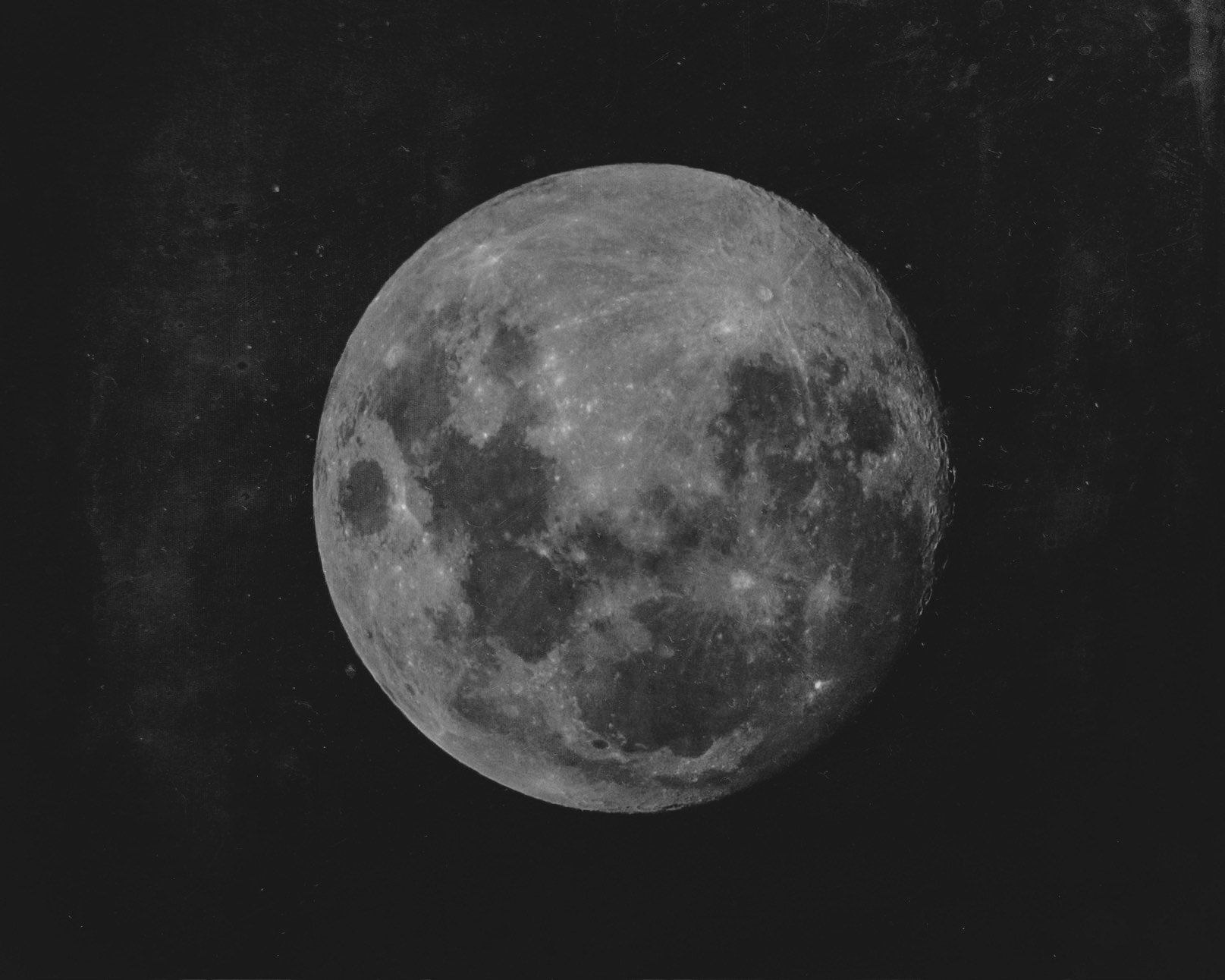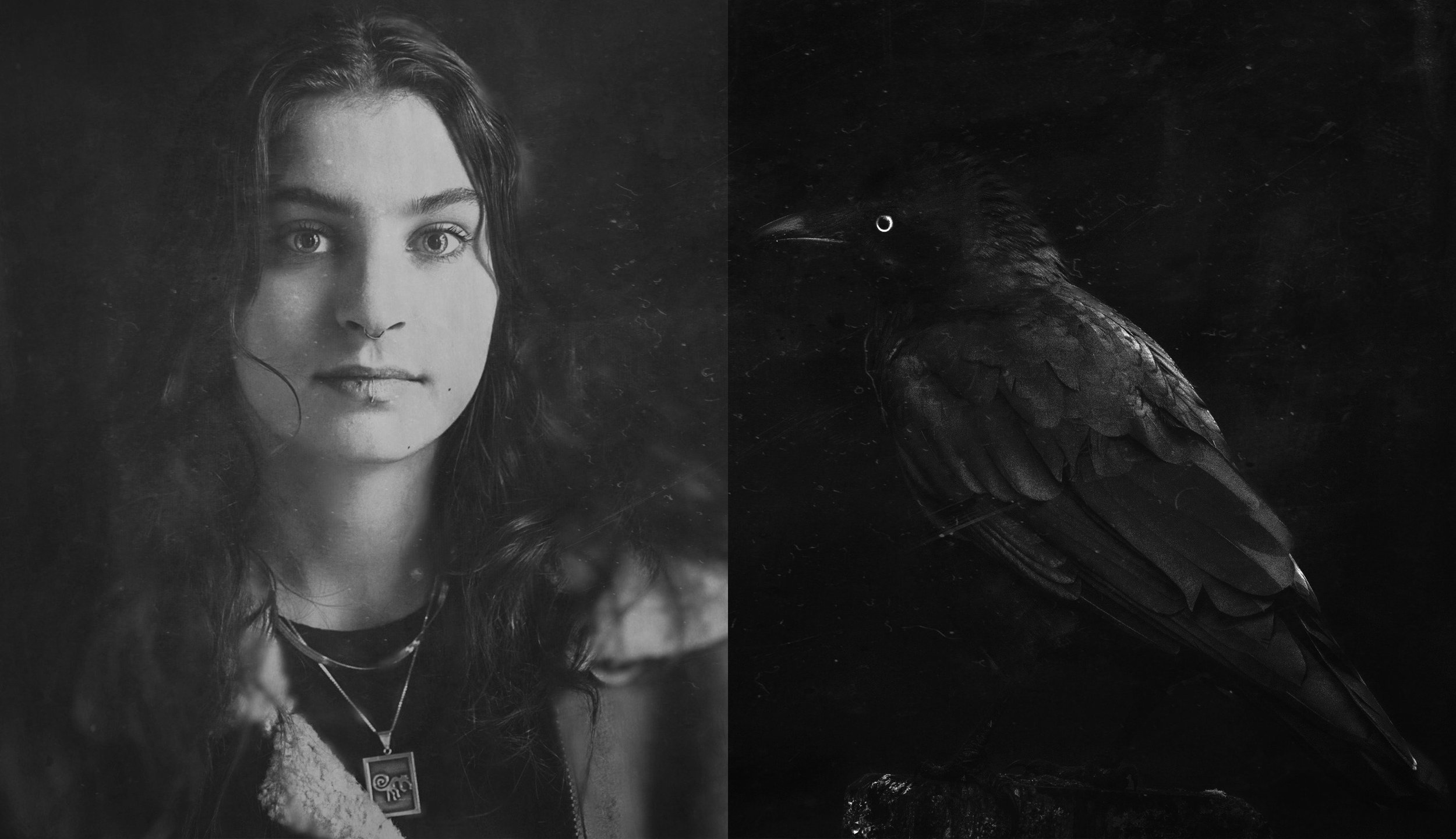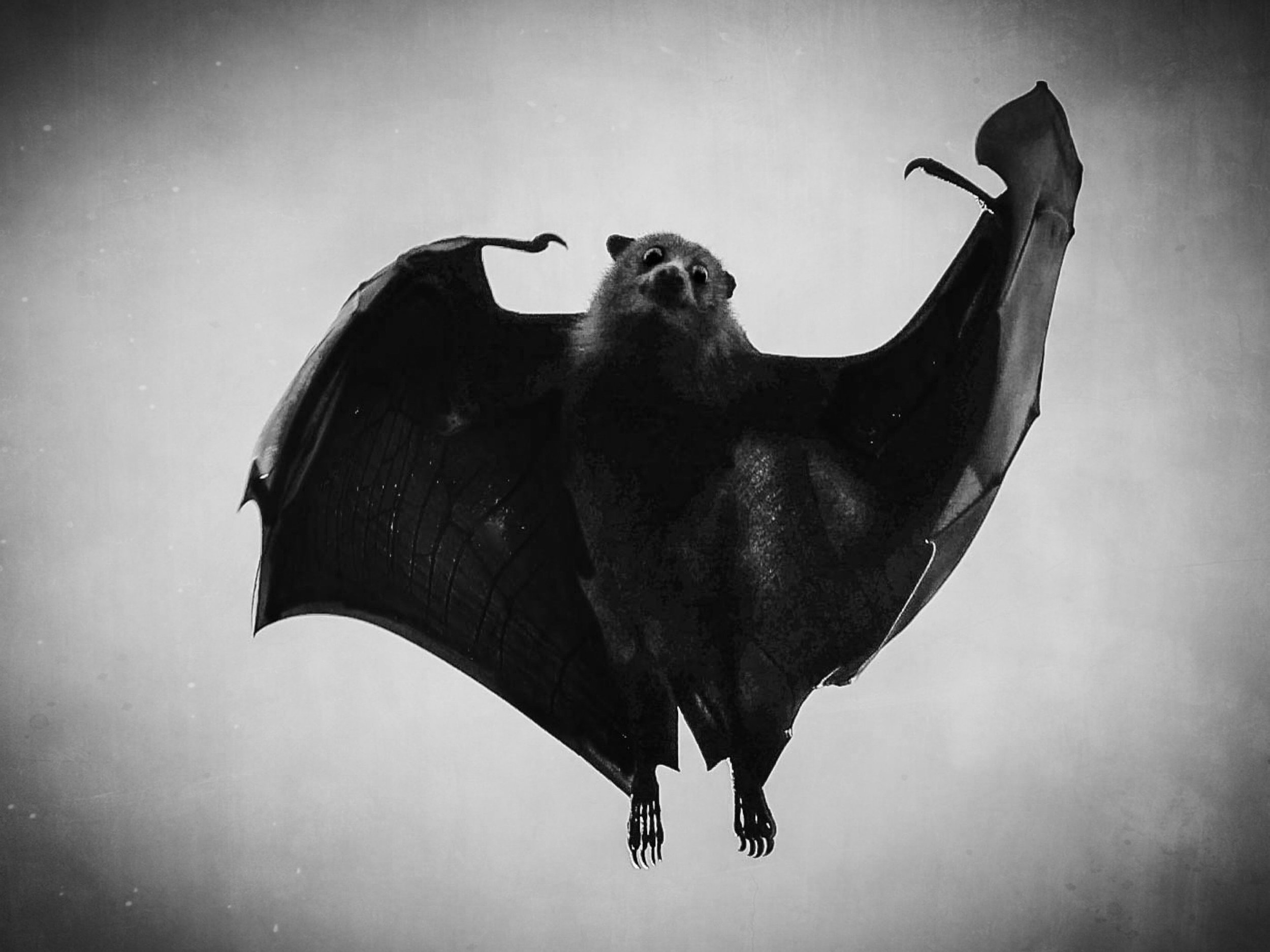Fine Art Photography
Welcome to my collection of Artistic Fine Art Photography projects, where each image is a crafted exploration of nature, wildlife, and creative expression. Through careful composition, lighting, and vision, I aim to transform real-world subjects into works of art that tell powerful stories. These projects reflect my dedication to capturing the beauty, emotion, and spirit of the natural world through a fine art lens.

Raison d'être
This photographic series explores the restorative effects of solitude in nature and its impact on psychological well-being. Through contemplative imagery, the work invites viewers into spaces where silence and reflection unfold—where the natural world becomes both sanctuary and mirror.
Solitude has many facets. In its purest form, it is not merely the absence of others but a profound, introspective state where one may find solace and a deeper connection to existence itself. While often misread as loneliness, solitude can serve as a sanctuary from the noise of everyday life—a space for renewal, creativity, and honest reflection. Yet, solitude is not only a refuge. It also opens a threshold to the deeper, more obscure parts of the self. In these shaded domains of the inner world, one may feel as though wandering blind, confronting emotions and memories long buried. Here, struggle and silence coexist. It is in this depth that we search—for meaning, for balance, for the unseen aspects of ourselves. This journey is often one of contrast: between light and shadow, certainty and doubt. And yet, within this inward crossing, there exists the potential for clarity—if we are willing to be present with what emerges.
Studies in the United States, for example, underscore the psychological benefits of solitary experiences in natural environments. Practices such as Native American vision quests—in which individuals spend extended periods in wilderness isolation—illustrate solitude as a transformative process. In Nigeria, a nation grappling with elevated rates of anxiety and depression linked to violence, poverty, and unemployment, research indicates that art therapy and photographic practices have been effective in supporting students facing mental health challenges. Across cultural contexts, solitude and creative engagement with the natural world have consistently been associated with reduced psychological distress, enhanced mood, and increased emotional resilience.
Using natural light, and in-camera experimentation, Raison d’être evokes the emotional ambiguity of these inner journeys. Solitude in nature is not an escape but a return—a silent unfolding of the self where deeper awareness takes shape.

Sever

With the highest mammal extinction rate in the world, deforestation and native forest logging in Australia leaves wildlife homeless, emits carbon and impacts ecosystems. Some examples include the Tallaganda State Forest, where the Greater Glider populations are currently under threat due to continued logging. In Western Australia, Woodside energy proposes to drill 80 gas wells along the coast which would cause irreversible damage to marine life. In the current trajectory of environmental destruction and multi-species extinction, how do these drastic changes affect human life? The implications of this built-up Armageddon have far-reaching consequences on flora and fauna and scientists predict it will increasingly affect human life in future. A tendency that overcomes reason due to a socioeconomic system that perpetuates profit production, yielding a growth imperative that is unsustainable.
A technological isolation from raw nature has enveloped society in such a way that it has led to an emotional death in some people, where they are devoid of feeling anything in regard to this transilience. Conversely, the distress caused by changes to the environment can cause a sense of homesickness when you are still at home, longing for what once existed, a term coined ‘Solastalgia’ over 20 years ago by Glenn Albrecht. To overcome the inertia, anxiety, and paralysis that is so prevalent in society it is important to understand these disconnections and fulfil the human instinct to affiliate with nature in some capacity. Eco philosophers have created a typology to convey the psycho-terratic states or earth emotions as a foundation for building a more sustainable future. The hope is that it will provide engineers, scientists, and other practical people with the conceptual tools necessary to coevolve with nature rather than use it as a resource.

























